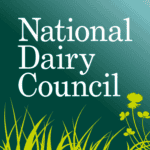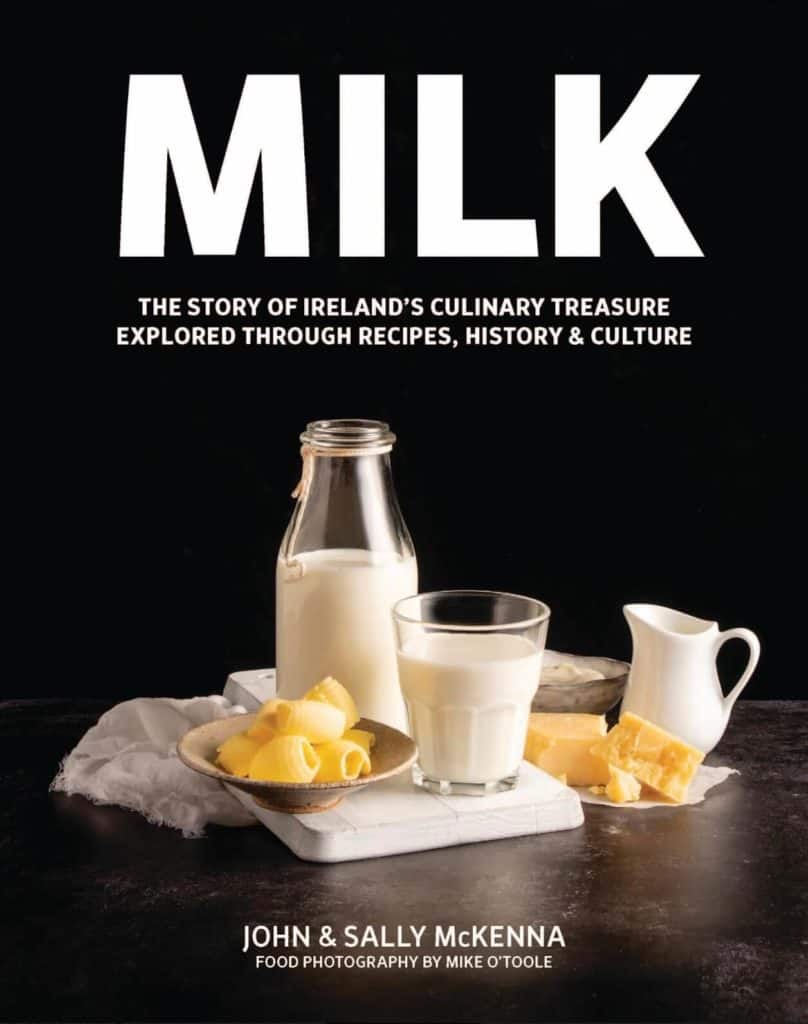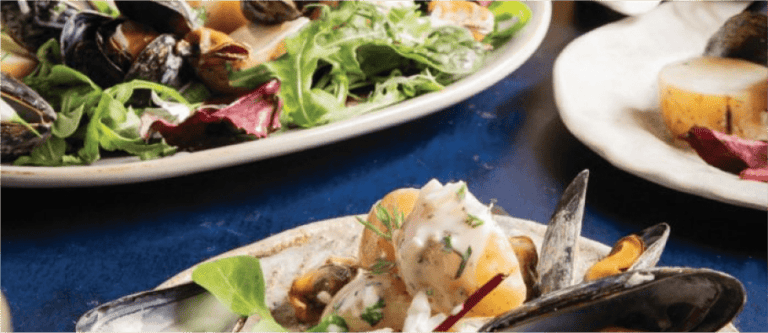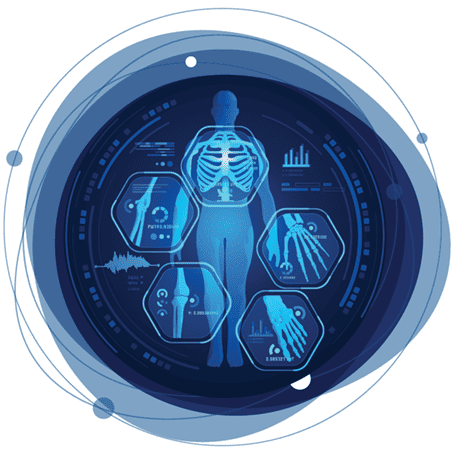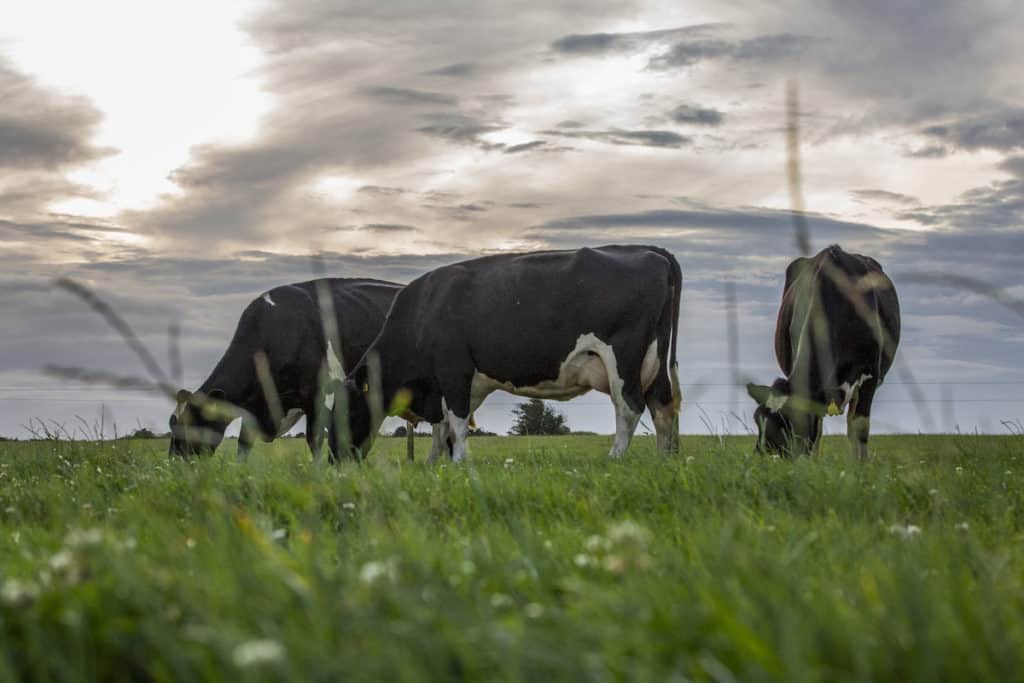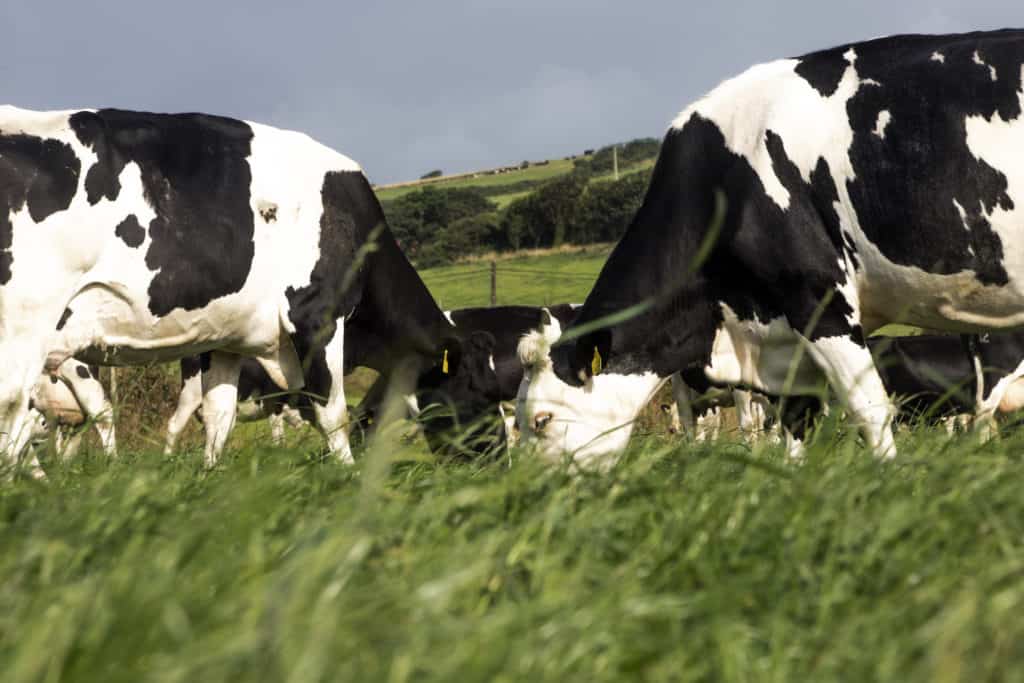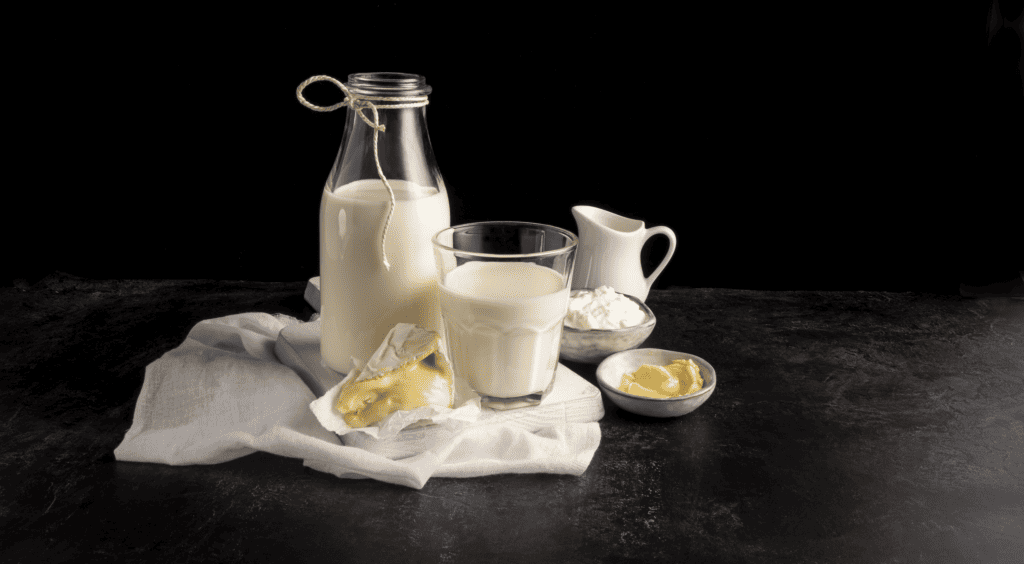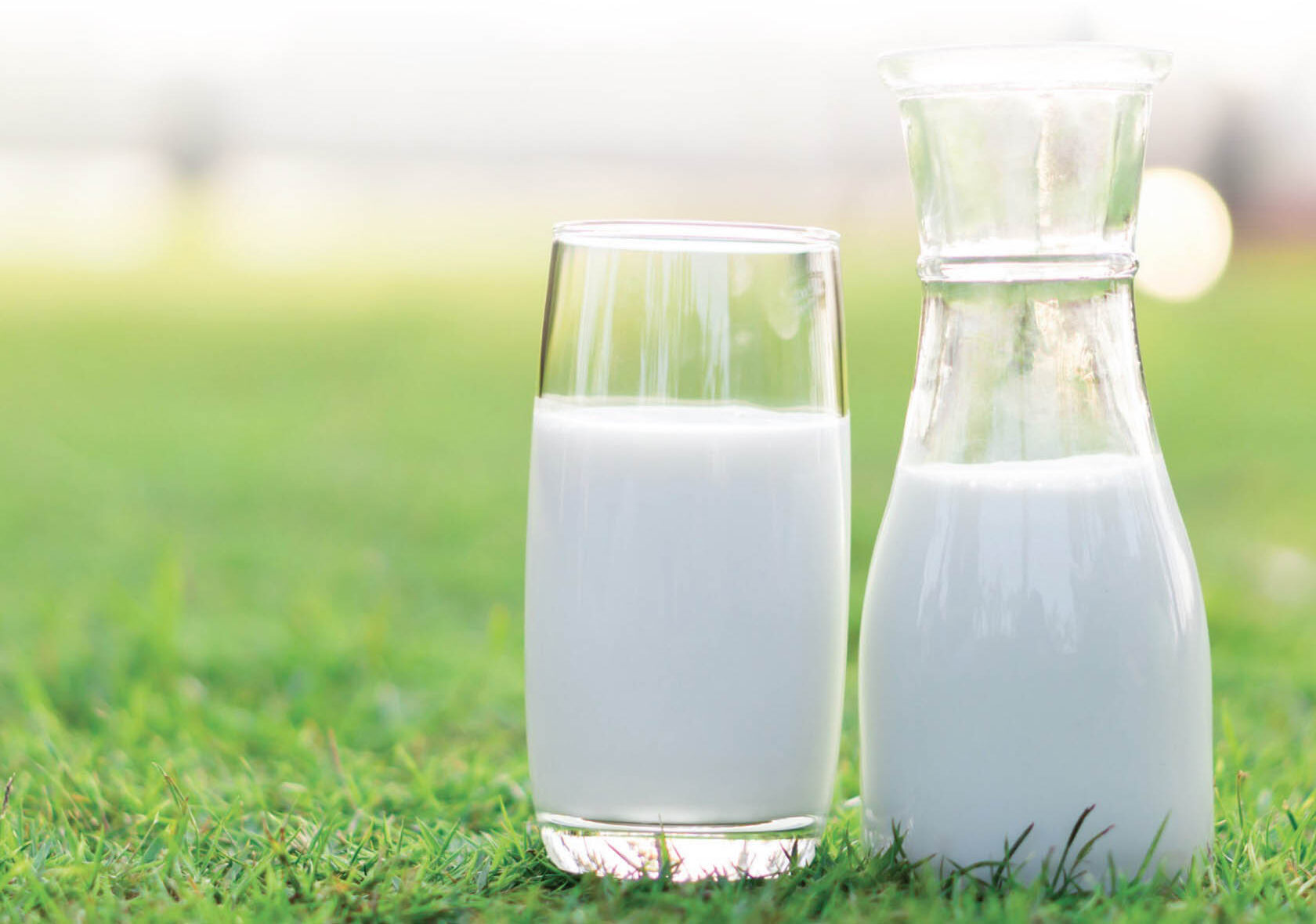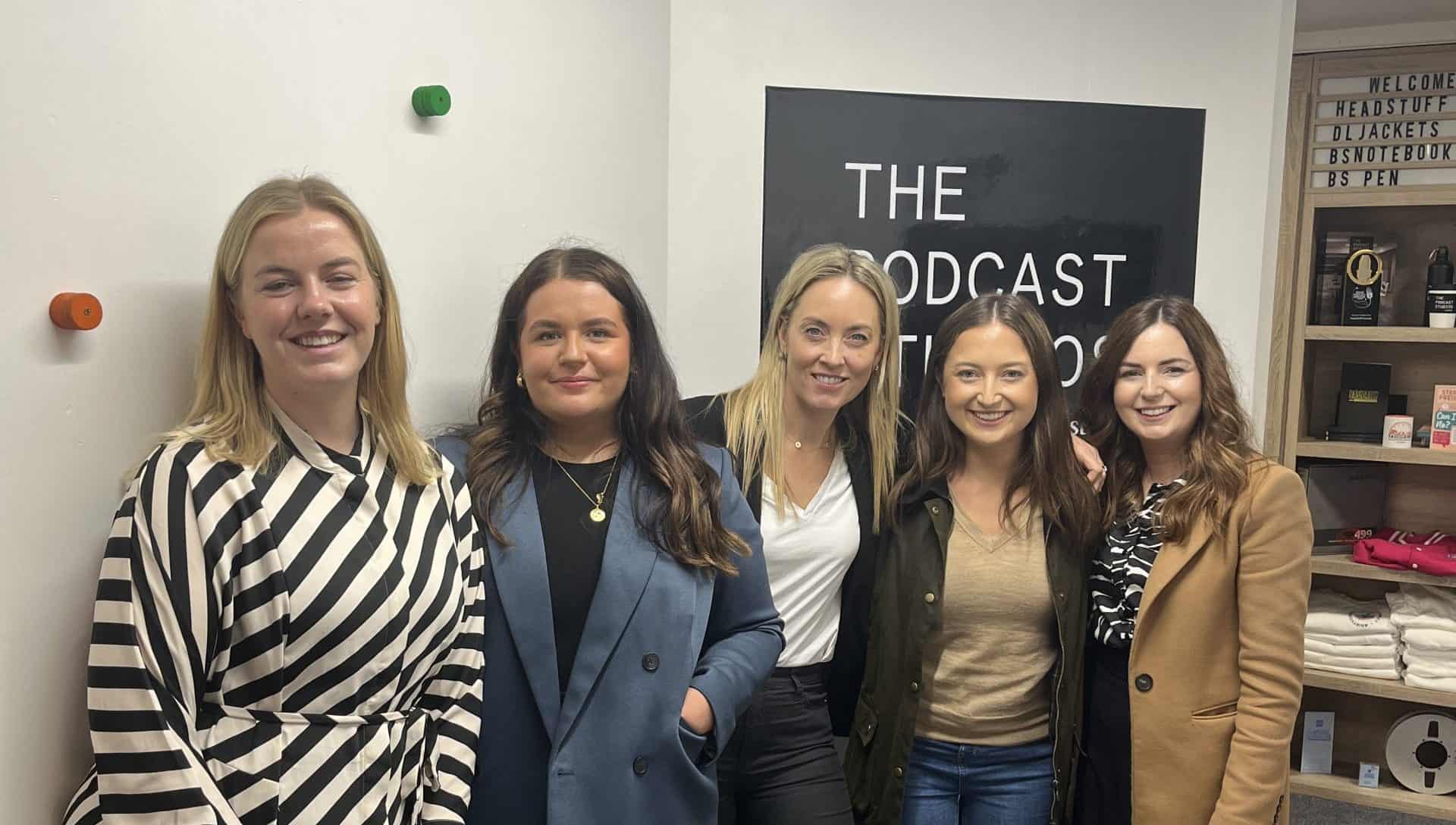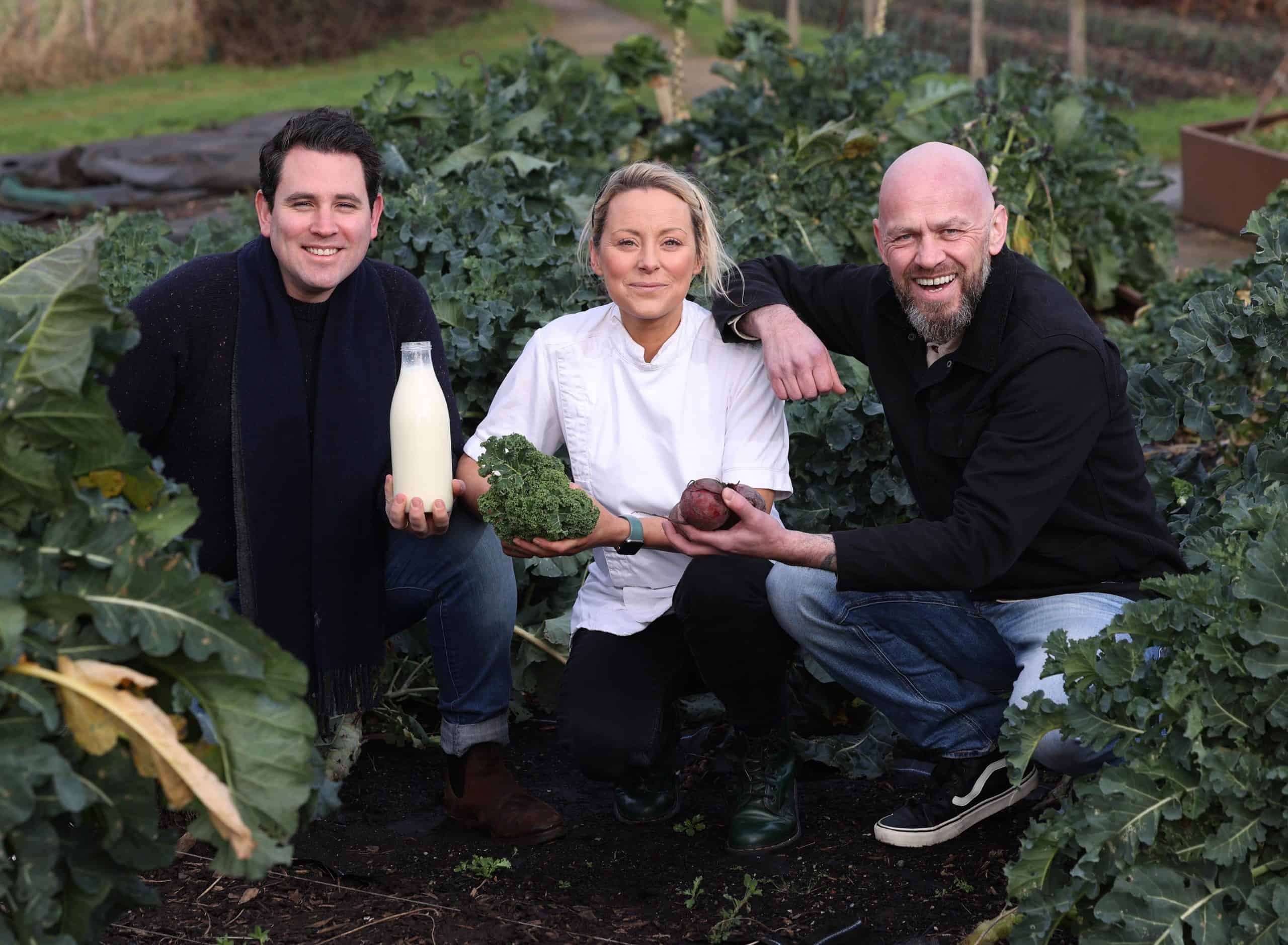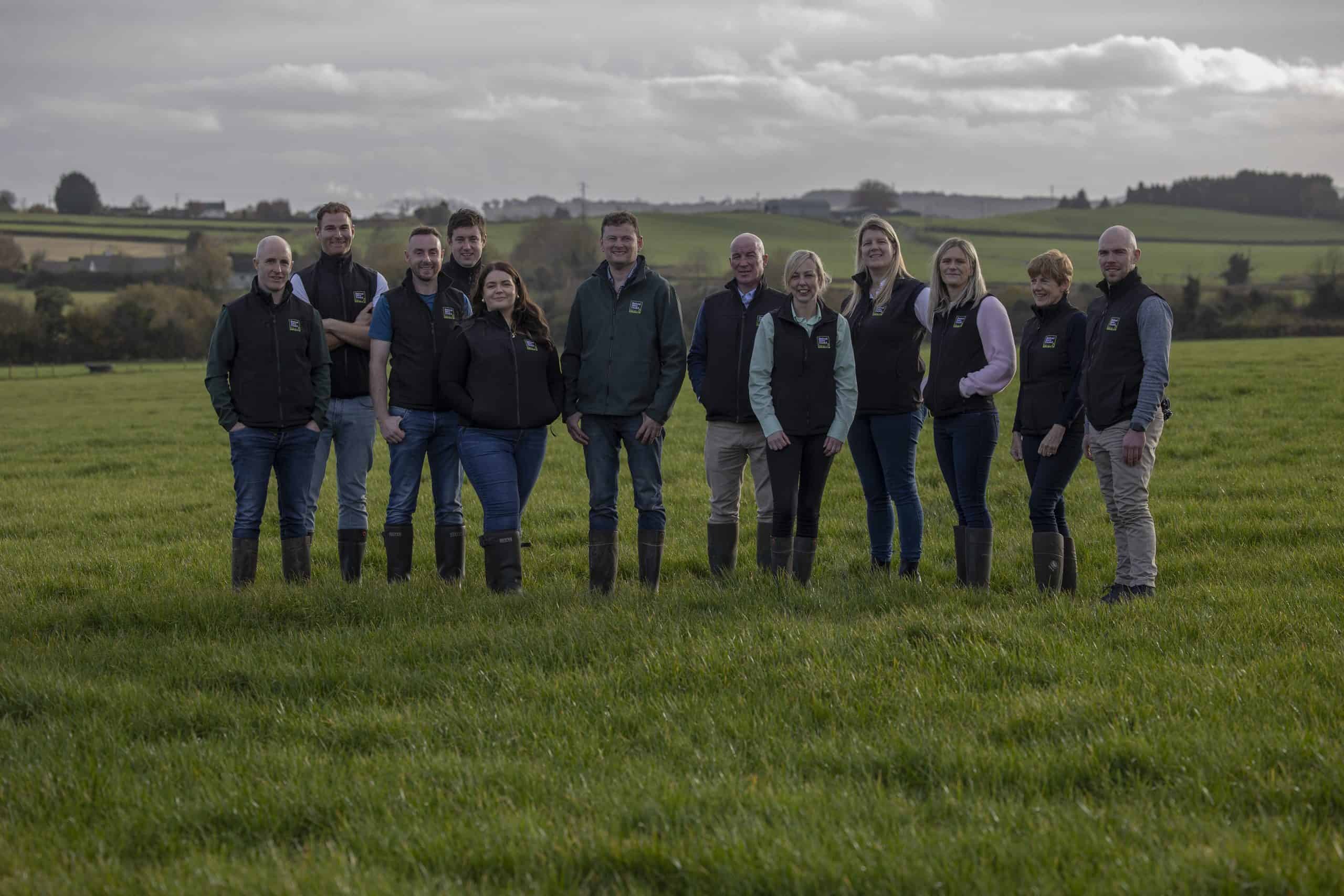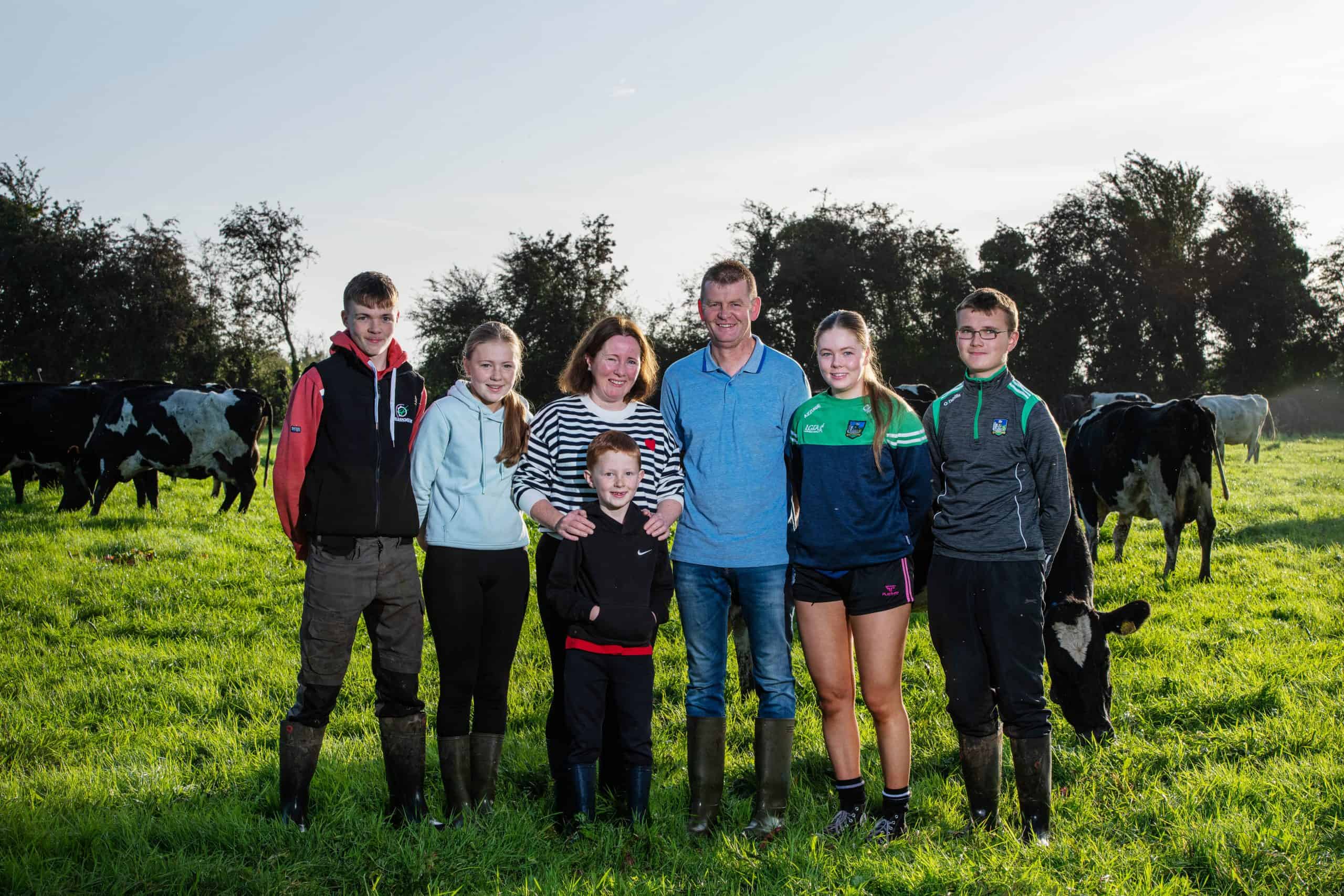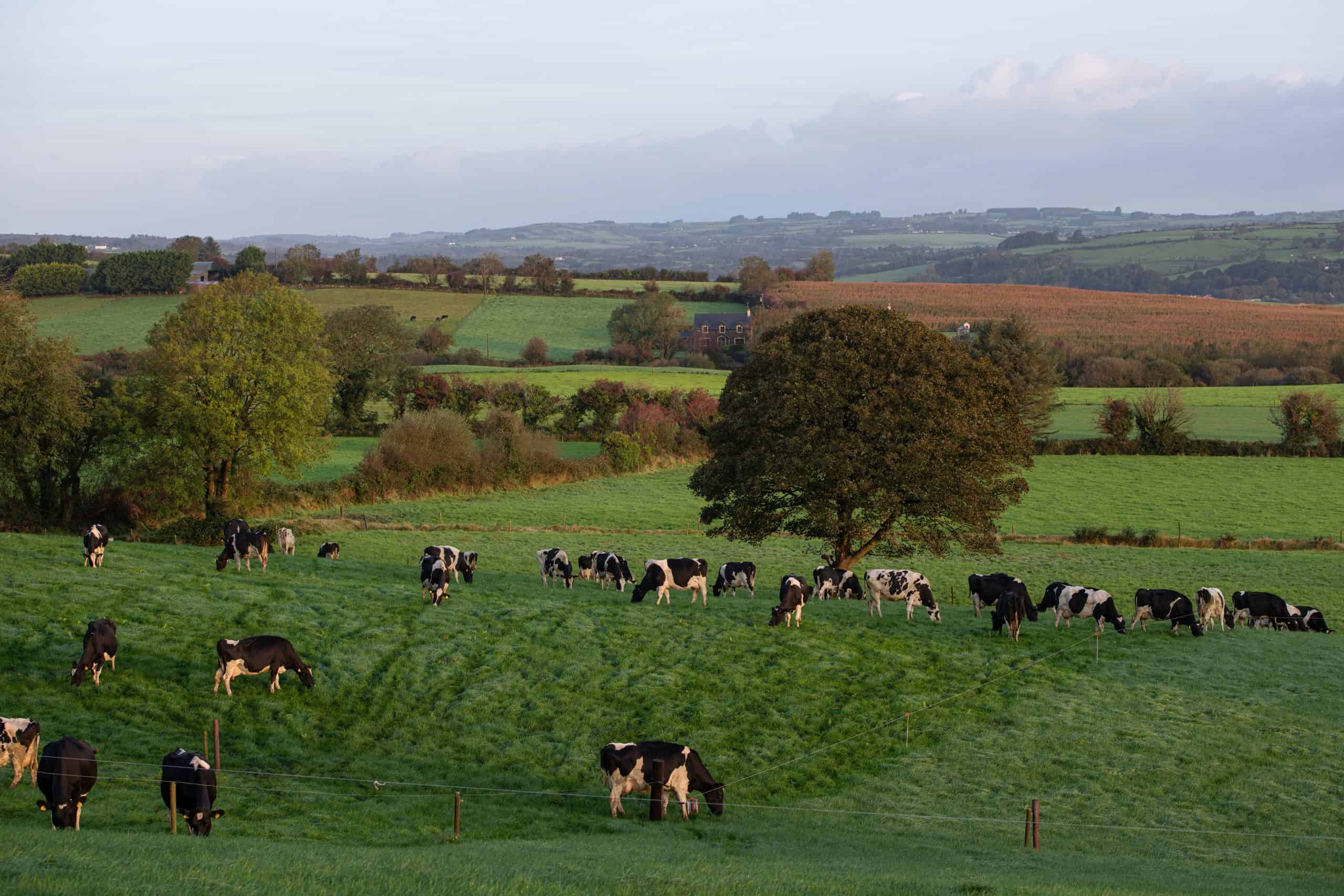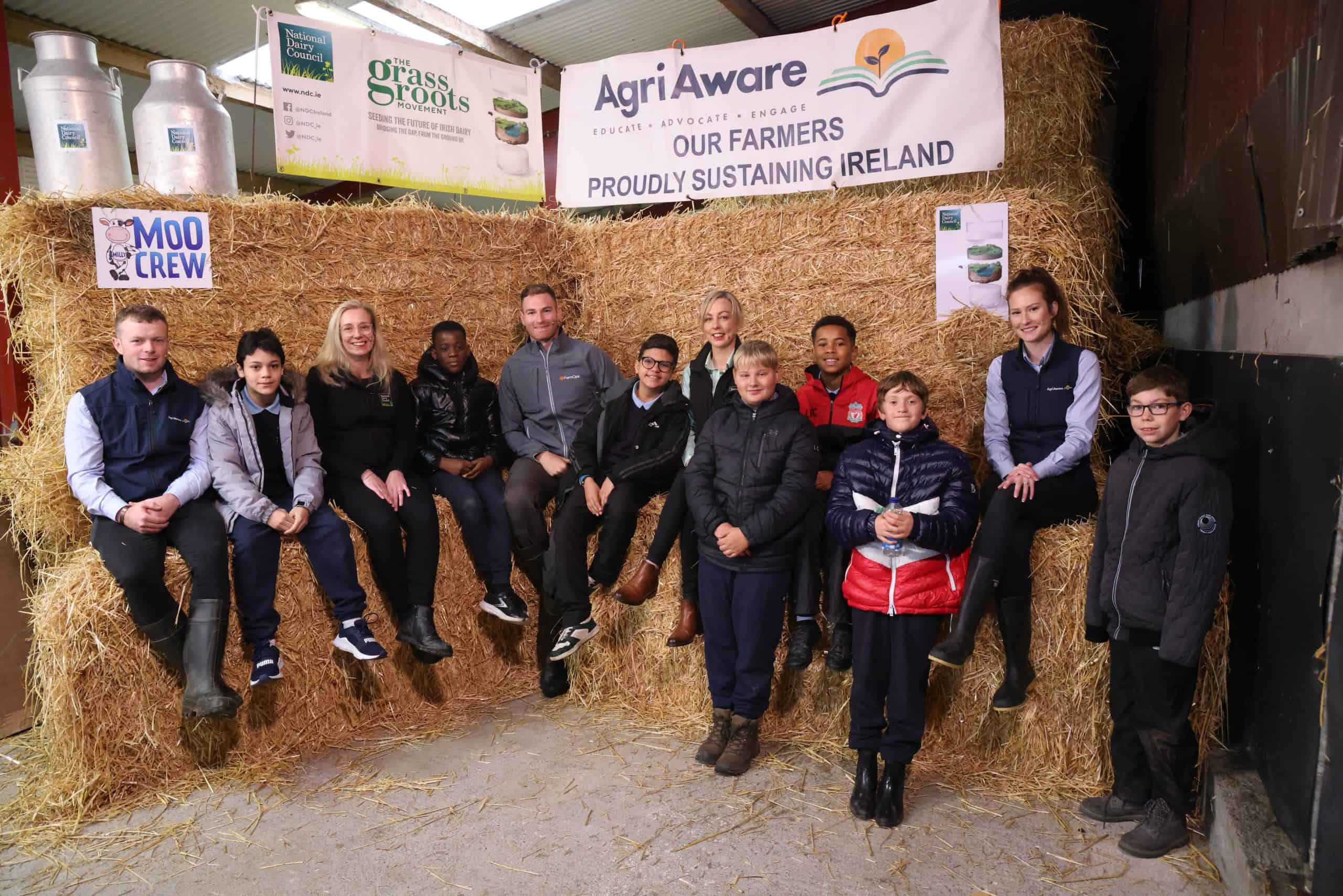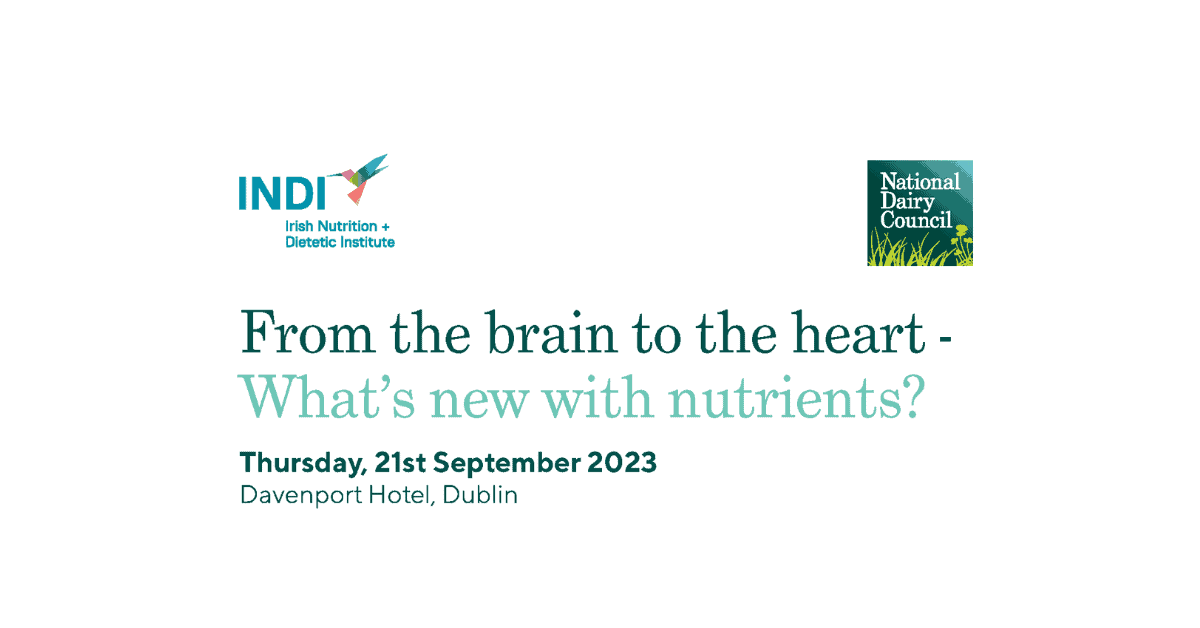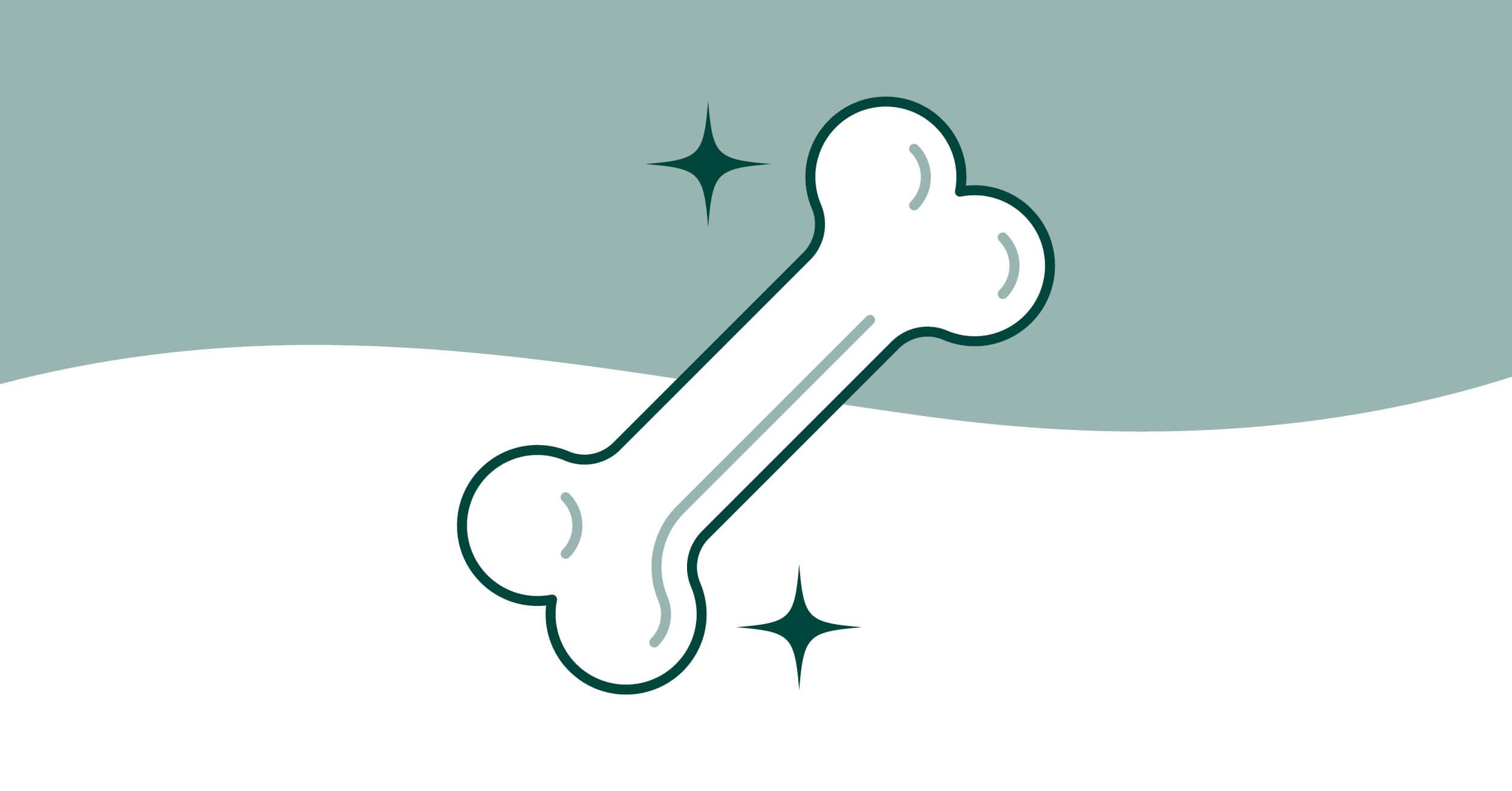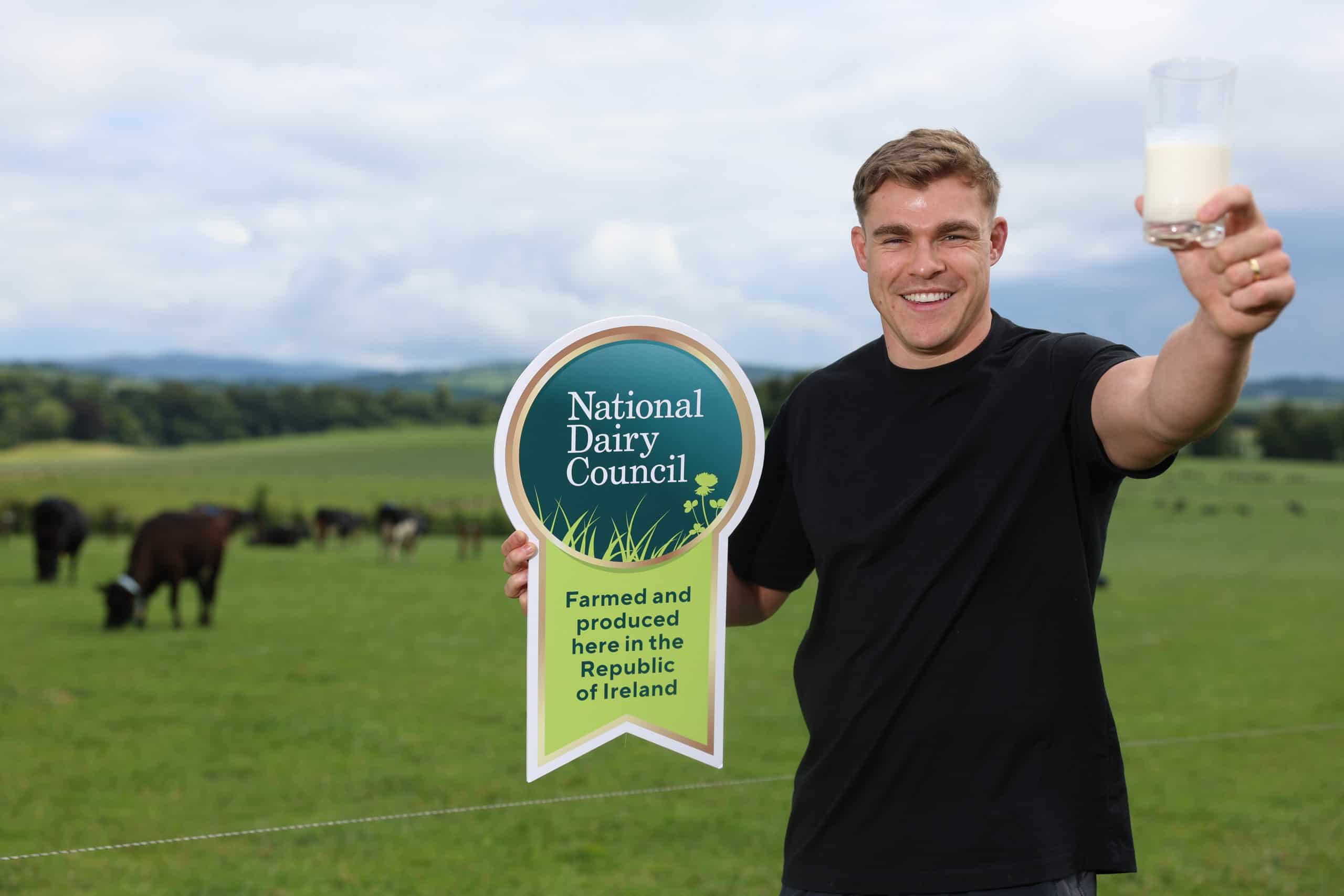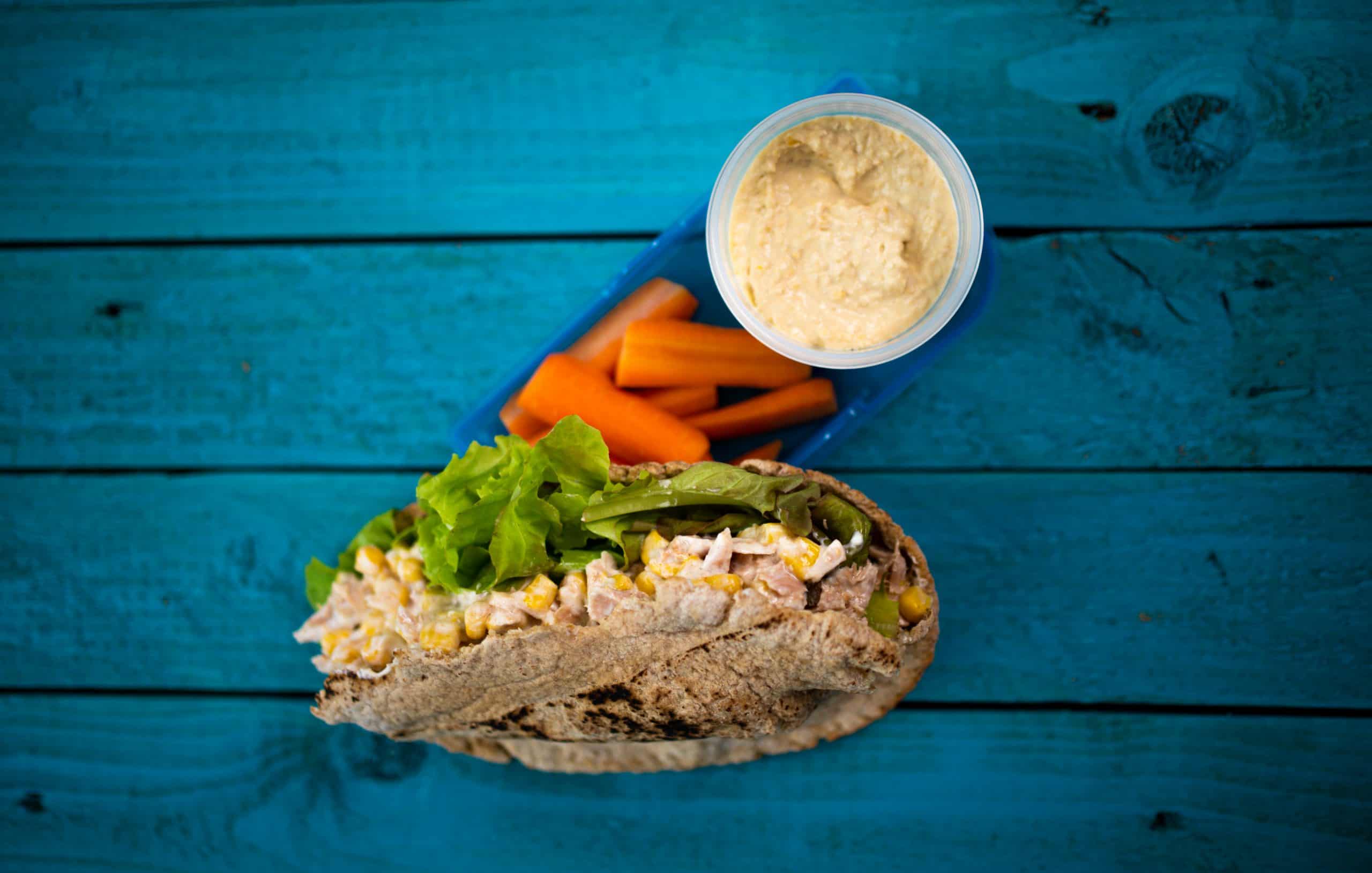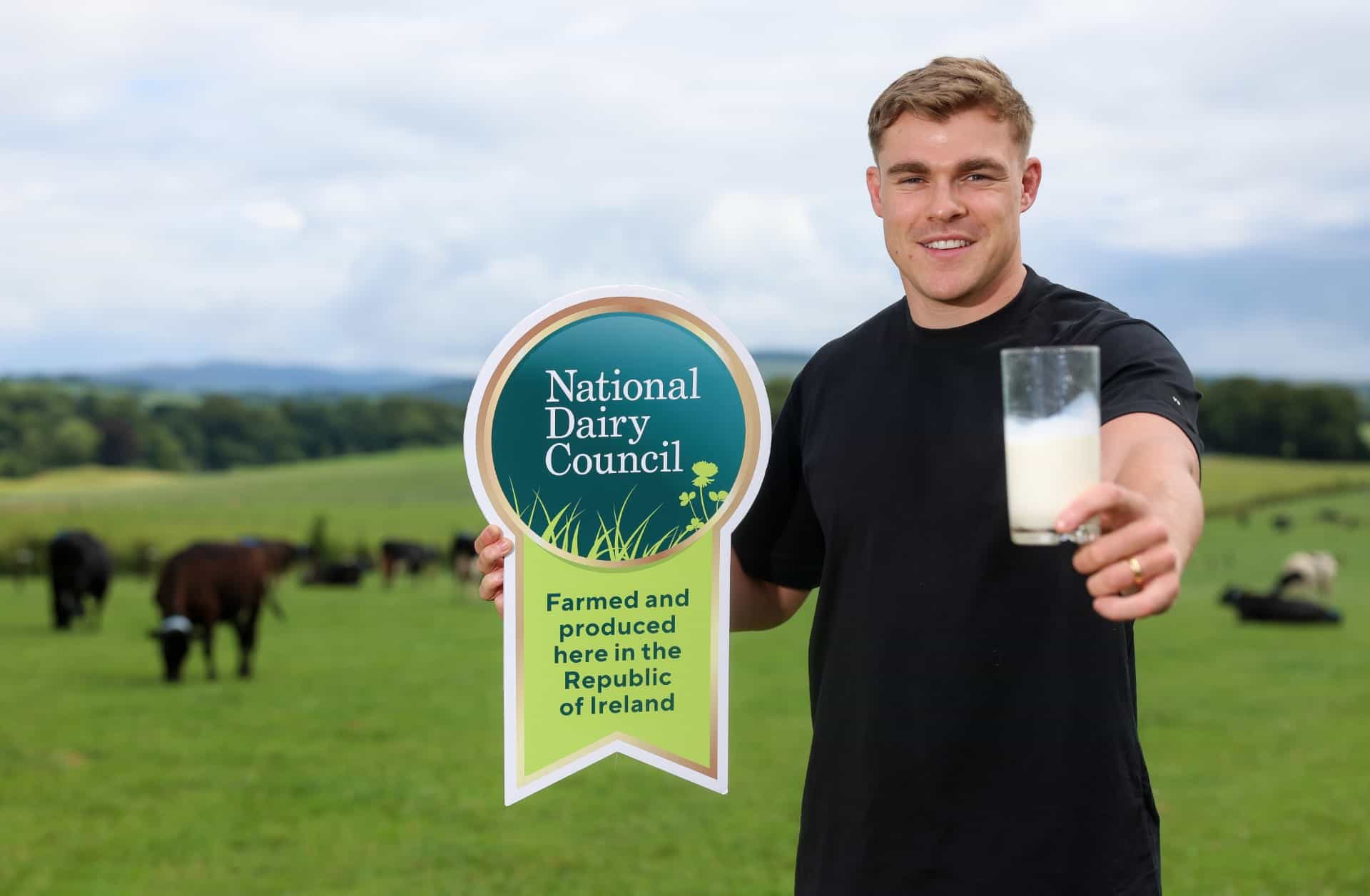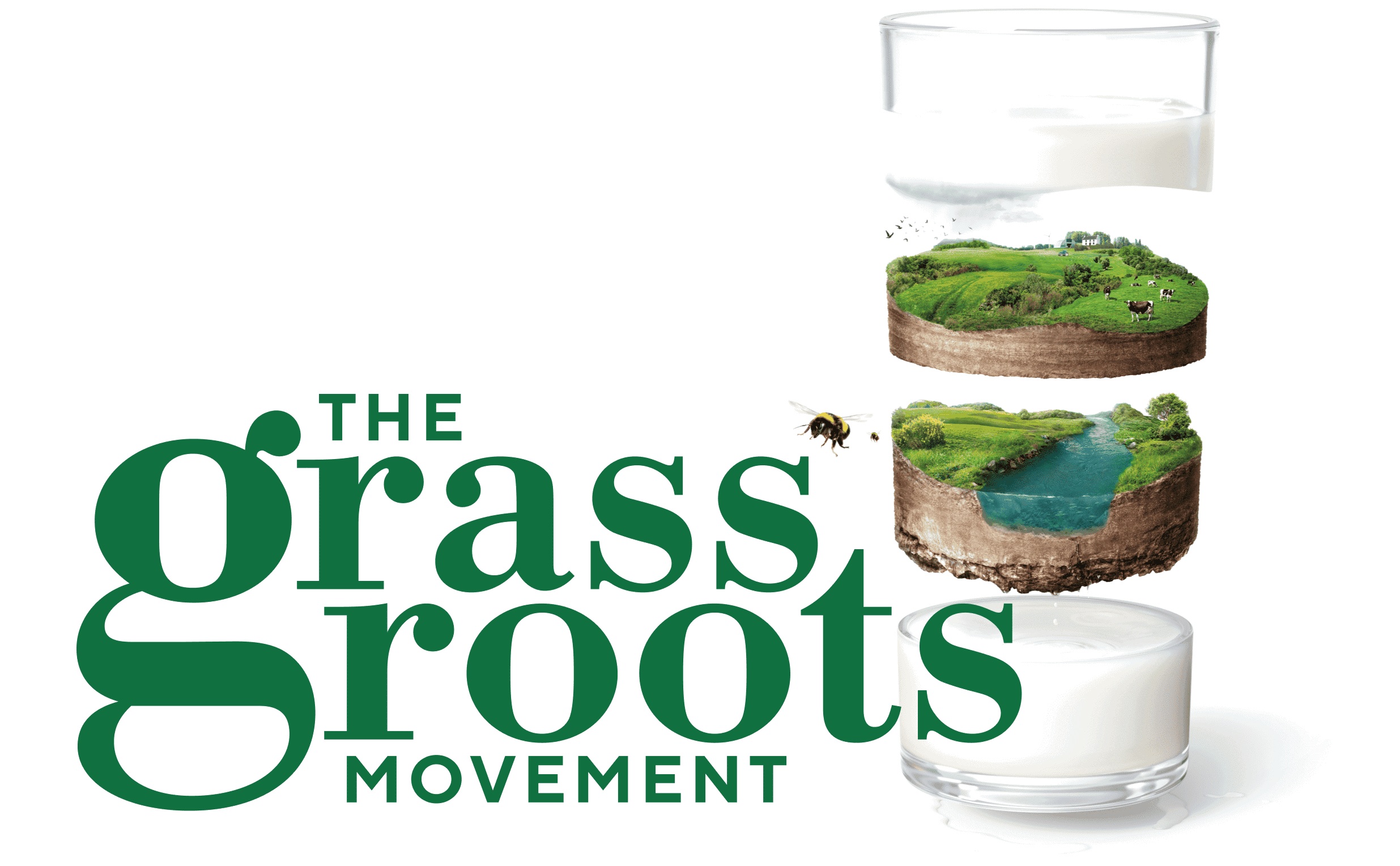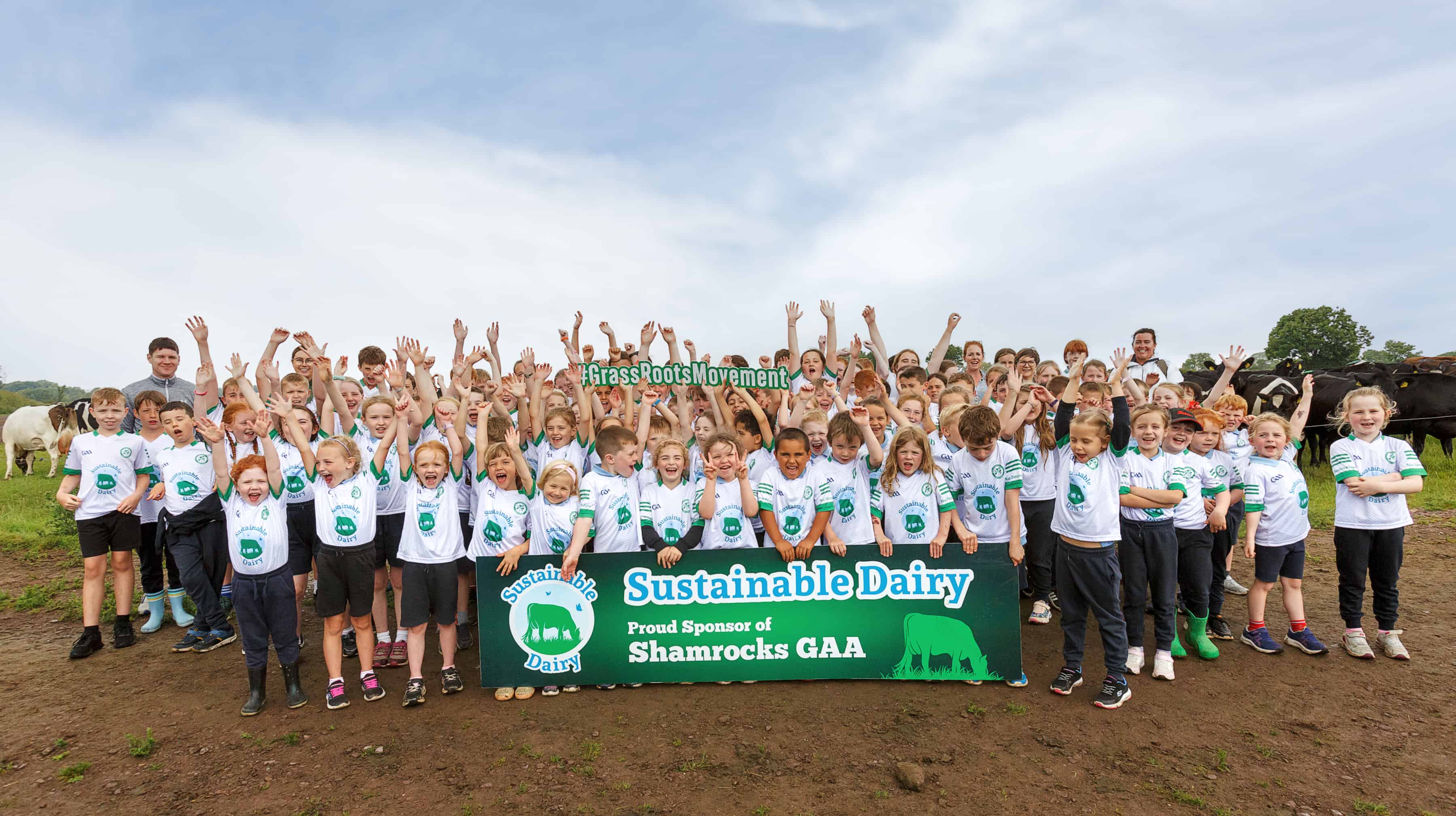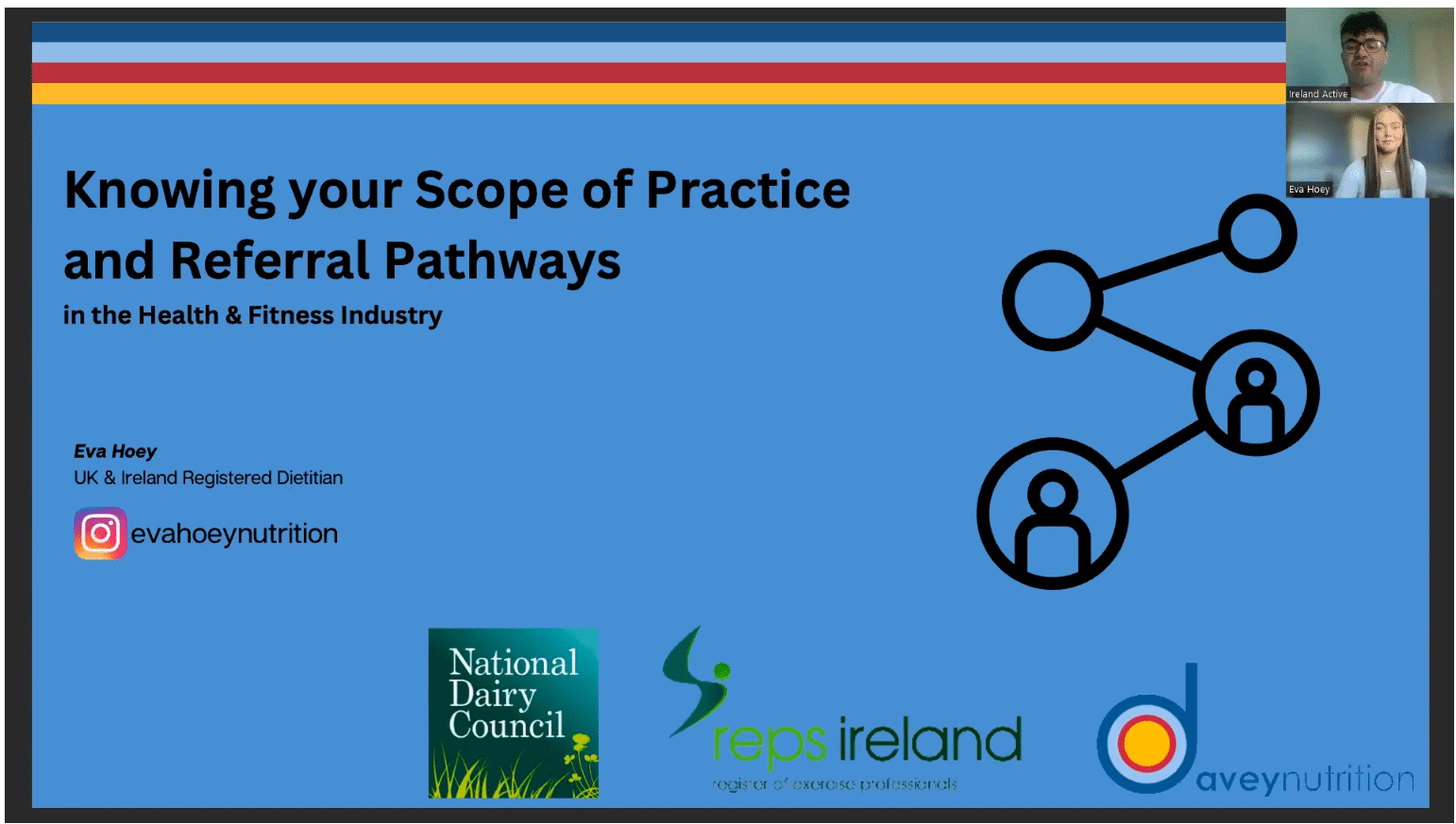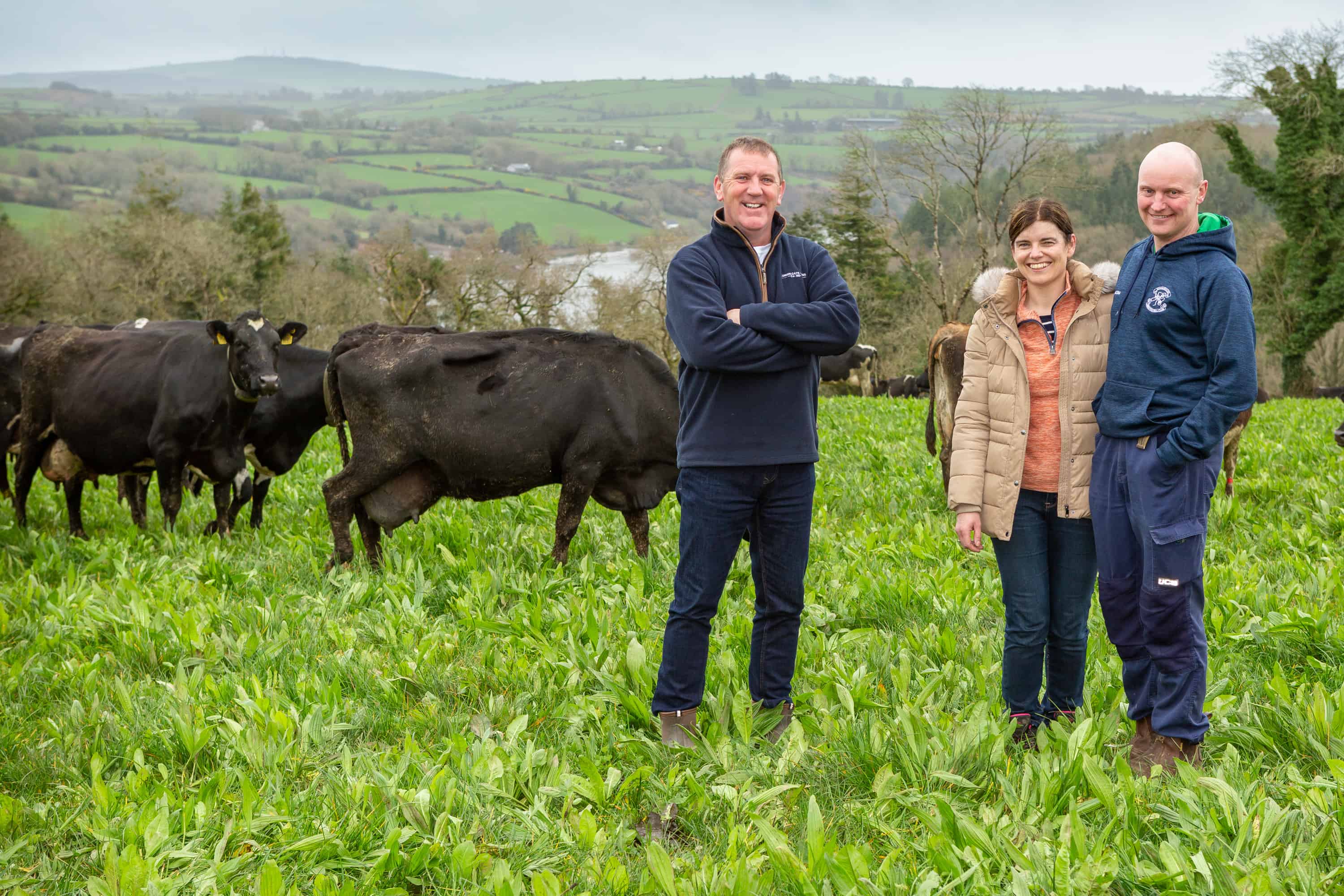By Zoë Kavanagh, CEO, NDC
Ireland is blessed with the perfect conditions for dairy production, with a temperate climate and plentiful rainfall enabling a grass-based system that is the envy of the world. It’s thanks to this that Ireland’s dairy industry is the most carbon efficient in the European Union.
But while our grass-based, family-farming system is both natural and environmentally sustainable, there is a bigger challenge for the dairy sector to meet when it comes to climate change.
In summer 2021, the Irish government passed its Climate Action Bill into law – a Bill that paves the way for a 50% reduction in carbon emissions by 2030.
The burden of responsibility for this will be shared amongst industry sectors and society, with ‘carbon budgets’ being set for distinct areas, including energy, transport and agriculture.
Climate action is everyone’s responsibility
Of course, a lot has been said about cattle as a source of emissions – less has been said, however, about the differences between those emissions (biogenic methane) and emissions from burning fossils fuels.
Fortuitously, however, the Climate Action Bill does undertake to take into account the differences between methane (CH4) and carbon dioxide (CO2) when setting the emissions budget for our sector.
Of course, climate action is everyone’s responsibility and Irish dairy farmers and producers have an important role to play in helping Ireland meet the ambitious targets in the Climate Action Bill (including achieving a carbon-neutral Ireland by 2050).
From Crookhaven to Carndonagh, Omeath to Oulart, Ireland’s 18,000 dairy farmers are responding to the climate challenge, taking actions large and small to reduce their carbon footprint, improve their sustainability and protect the biodiversity on-farm.
All of this is being done while they continue to deliver nutritious food for Irish and international families and ensuring ongoing economic viability for family farms.
Taking steps to reduce our carbon footprint
The steps being taken include a scientific approach to soil fertility and grassland management. There are new innovations, traditional methods and technological developments which – together – can make a significant impact on an individual farm’s emissions.
Irish dairy farmers are also continuing to play a central role in protecting and improving our precious rural biodiversity, by planting native hedgerows and trees, offering pollinator patches for bees and wasps, and protecting waterways.
The next step is to roll-out all of these actions – which taken together can have a really significant impact on farm emissions – onto every dairy farm across the country.
Regrettably, these steps – as well as the importance of dairy to the Irish economy and the jobs created by the industry (60,000 or one in 40 Irish jobs) – are in danger of being overlooked as we race towards the targets and dates set in the Climate Action Bill.
A chance to play our part without threatening the future
Already – seemingly without giving thought to the difference between cows and cars – there is growing acceptance of the narrative that only a herd cull will solve the problem.
Again, fortuitously, the CAB makes specific mention of Article 2 of the Paris Agreement which talks about managing the impacts of climate change without threatening food production. It also talks about carbon leakage – a situation where the contraction of the Irish dairy industry pushes production into countries that are less carbon efficient.
It is to be hoped, fervently, that all these things are taken into account when the Irish government sets emission budgets for the sector, in order that the dairy industry is given a fair chance to continue to play its part in achieving targets, without threatening the future of the industry and the livelihoods of those work within it.
